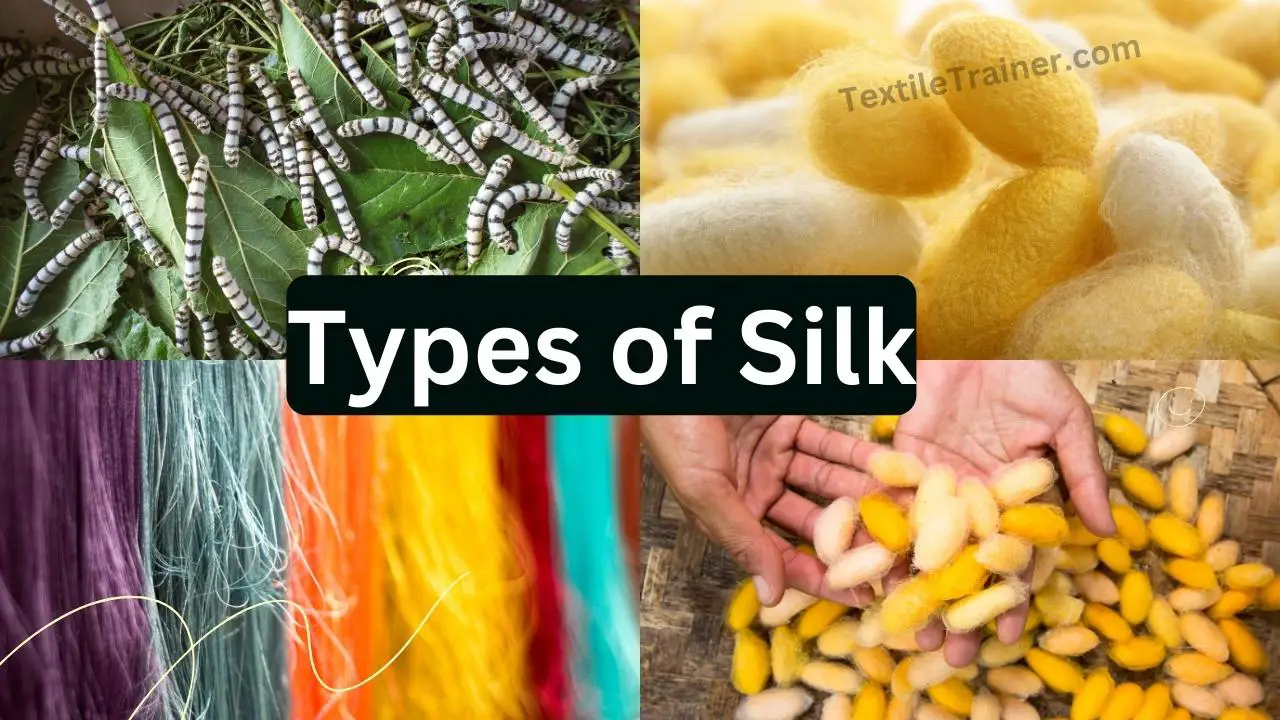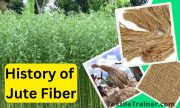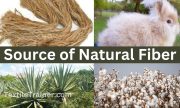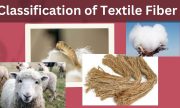Introduction:
The only natural filament fiber is silk, a protein fiber silkworms produce. There are many types of silk fiber. The process of making silk fabric from the filament fiber produced by silkworms was initially believed to have been discovered by an ancient Chinese princess. China was the first country to manufacture silk fabric, even though it was considered a legend. For approximately 3,000 years, China was the only country producing silk, then other countries followed suit. Japan is now the world’s largest producer of silk.
The caterpillars of butterflies produce silk filaments. Silk filaments are made of natural protein. The filament density is 1.34 grams per cm3, which makes them medium-weight fibers. Silk filaments can be used to produce very light silk textiles. Silk is a lustrous, smooth, and elastic filament of small diameter that is spun by various silkworms, which are species of caterpillars. Silk fiber is the only natural fiber that we get in filament form. Compared to wool and other fibers, it has completely different physical characteristics. Unlike other natural fibers, silk has a structure with less secretion as a continuous thread. It comprises an organized structure, as in vegetable and animal fibers. This fabric signifies luxury, comfort, and elegance, and is referred to as the Queen Textile.
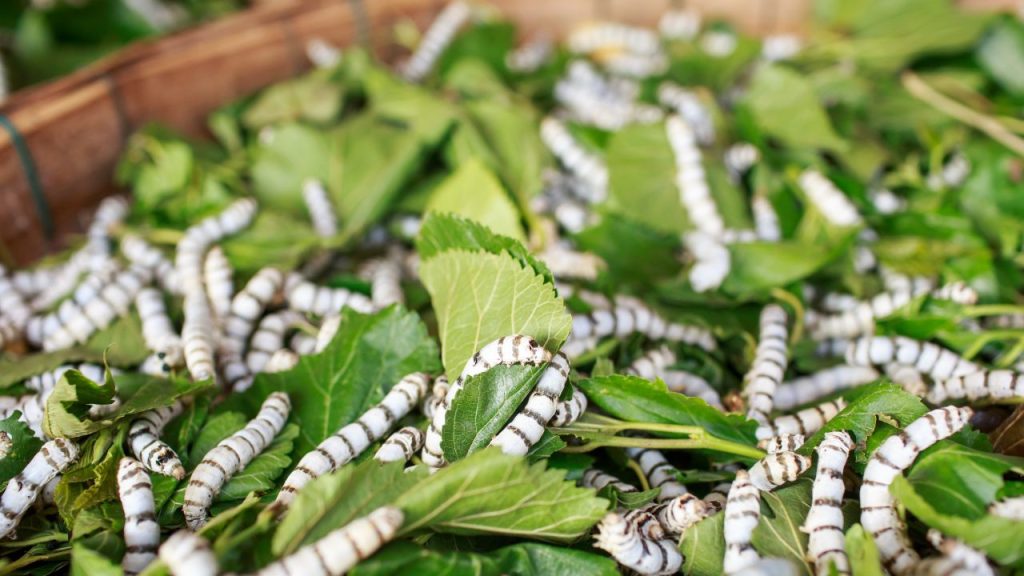
Types of silk:
There are mainly two types of silk:
- Cultivated silk.
- Wild silk.
Silk can be divided into a number of types without these. The major types are listed below.
- Mulberry silk (Cultivated silk)
- Tussar silk.
- Organize silk.
- Thrown or greg silk.
- Noil silk.
- Muga silk.
- Tram silk.
- Spun Silk.
- Recovery of the wild silk.
- Eri silk.
1. Mulberry Silk (Cultivated Silk):
The majority of commercial silk produced worldwide comes from this variety. It is produced by silkworms that feed solely on the leaves of mulberry plants. Mulberry silk is derived from Bombyx Mori, a silkworm that only feeds on the leaves of mulberry plants. In addition to accounting for 80% of the nation’s total silk production, this variety produces the most fabulous silk materials. Sarees from Kashmir, Banaras, and Mysore fall into this category.
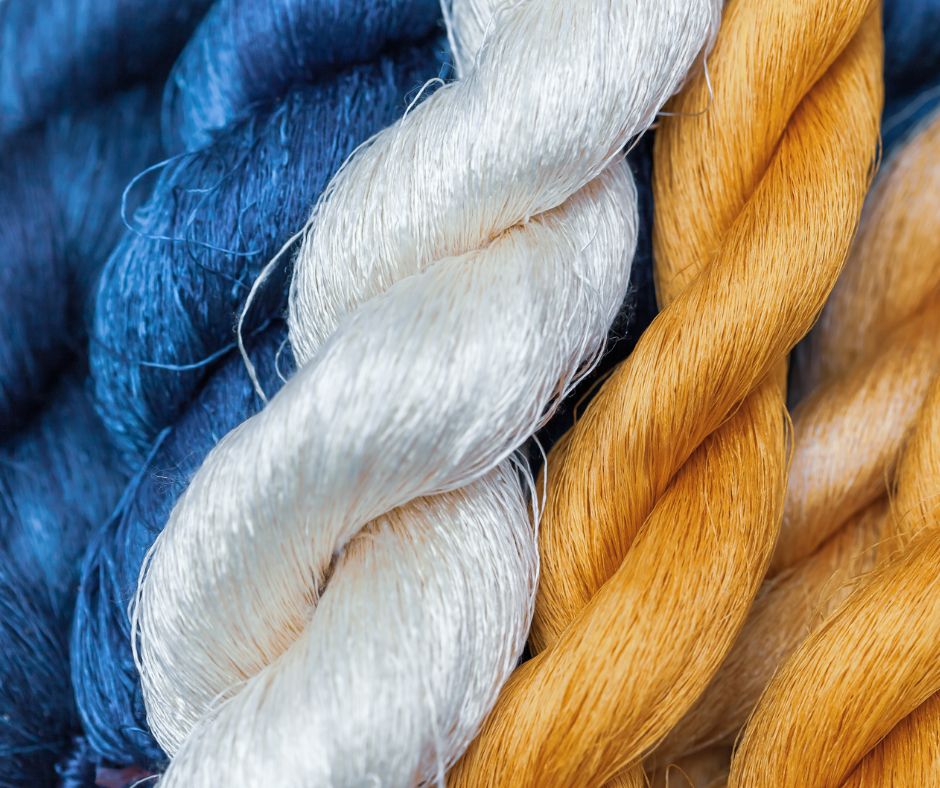
2. Tussar Silk:
Among the most important varieties of wild silk, Tussar silk is the most popular. Tussar silkworms that are reared in tropical and temperate zones. Their cocoons are yellow or grey, and the females spin larger than the males. Unlike domesticated mulberry silkworms, Tussar silkworms live in the wild on bushes and trees, and their silk is coarser than mulberry silk.
3. Organize Silk:
Organized silk is produced from the best cocoons. It consists of two or more stands consisting of a number of Greek threads twisted together slightly. In the next step, the threads are doubled and twisted again in the opposite direction. Strands are flexible strings twisted together into ropes. Organized silk is used as warp threads when high tensile strength is required.
4. Thrown or greg silk:
This type of silk comprises two or more threads of raw silk that have been reeled tighter and given a slight twist to create thrown silk.
5. Noil Silk:
A woollen spinning system called Bourne silk uses shorter waste fibers called comber noils to produce coarser irregular yarns.
6. Muga Silk:
A semi-domesticated multivoltine species secretes golden yellow Muga silk. A rare insect called Antheraea Assama produces Muga silk, which is yellow or glossy white. The Muga silk comes from a rare species of insects found only in North Eastern India. Muga is derived from the silkworm.
7. Tram Silk:
The tram silk is typically made from lower-grade cocoons like organizes. It is made by lightly twisting two or more strands of thrown silk together, then doubling them.
8. Spun Silk:
Using the usual methods, remnants of cocoons and other waste silk are spun into yarns. Spinned yarn is made by splitting the longer fibers into fine, smooth, regular fibers at a combing machine.
9. Recovery of the Wild Silk:
It is not easy to degum wild silk and cannot usually be reeled. Therefore, the cocoons of the wild tussah are collected from bushes and trees. Due to the variance in fineness of the filaments, they may resemble irregular pencilled steaks in appearance.
10. Eri Silk:
In order to feed on leaves, Eri worms prefer a variety of plant leaves, among which castor is preferred. This is the only fully domesticated non-mulberry variety. Its silk cannot be reeled; it must be spun.
You may read:
